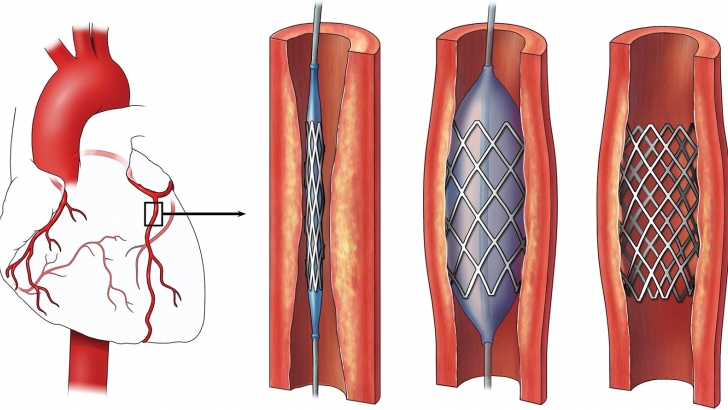Dr.Rahul Kaiche is the best Angioplasty & Angiography in Nashik. practicing at the Heart Care & Cure center. Dr.Rahul Kaiche having extensive experience in treating both pediatric and adult cardiac cases.
Heart Care & Cure is a comprehensive cardiac care outpatient department situated in Nashik. The center specializes in treating all cardiac diseases.
Why it’s done
Angioplasty is used to treat a type of heart disease known as atherosclerosis. Atherosclerosis is the slow buildup of fatty plaques in your heart’s blood vessels. Your doctor might suggest angioplasty as a treatment option.
when medications or lifestyle changes aren’t enough to improve your heart health, or if you have a heart attack, worsening chest pain (angina) or other symptoms. heart disease and overall medical condition.
Angioplasty
Angioplasty isn’t for everyone. If the main artery that brings blood to the left side of your heart is narrow, if your heart muscle is weak or if you have multiple diseased blood vessels, then coronary artery bypass surgery may be a better option than angioplasty. In coronary artery bypass surgery, the blocked part of your artery is bypassed using a blood vessel from another part of your body.
If you have diabetes and multiple blockages, your doctor may suggest coronary artery bypass surgery. The decision of angioplasty versus bypass surgery will depend on the extent of your

Angiography
Angiography or arteriography is a medical imaging technique used to visualize the inside, or lumen, of blood vessels and organs of the body, with a particular interest in the arteries, veins, and the heart chambers.
This is traditionally done by injecting a radio-opaque contrast agent into the blood vessel and imaging using X-ray based techniques such as fluoroscopy.
Treatment
One of the most common angiograms performed is to visualize the blood in the coronary arteries which supply blood to the heart. A long, thin, flexible tube called a catheter is used to administer the X-ray contrast agent at the desired area to be visualized.

The catheter is threaded into an artery through groin or forearm artery and the tip is advanced through the arterial system to selectively engage coronary artery or any other artery of the interest.
X-ray images of the transient radiocontrast distribution within the blood flowing inside the coronary arteries allow visualization of the size of the artery and the blockages.
The whole procedure is done without anesthesia or surgical stitches and its practically a painless procedure. Presence or absence of atherosclerosis or atheroma within the walls of the arteries cannot be clearly determined.
Coronary angiography
Coronary angiography is often done along with cardiac catheterization. This is a procedure which measures pressures in the heart chambers.
Before the test starts, you will be given a mild sedative to help you relax.
An area of your body (the arm or groin) is cleaned and numbed with a local numbing medicine (anesthetic). The cardiologist passes a thin hollow tube, called a catheter, through an artery and carefully moves it up into the heart. X-ray images help the doctor position the catheter.
Once the catheter is in place, dye (contrast material) is injected into the catheter. X-ray images are taken to see how the dye moves through the artery. The dye helps highlight any blockages in blood flow.The procedure most often lasts 30 to 60 minutes.
To Get An Appointment Today (+91) 9607799333
